PREVIOUS
Iron Man of India - Sarda Vallabhbhai Patel
November 30 , 2018
2572 days
19917
0
இந்தக் கட்டுரையினை தமிழில் படிப்பதற்கு இங்கே சொடுக்கவும்
Sardar Patel
- Sardar Patel is popularly known as the ‘Iron Man of India’ or ‘Bismarck of Modern India’.
- He worked extensively against alcohol consumption, untouchability, caste discrimination and for women emancipation in Gujarat and outside.
- His efforts to bring together the farmers of his area during the Bardoli satyagraha in 1928 brought him the title of 'Sardar'.
Early life and his family
- Vallabhbhai Patel was born on October 31, 1875 in Nadiad village of modern-day Gujarat to Zaverbhai and Ladbai.
- In 1891 he married Jhaverba at the age of 16 and the couple had two children Maniben Patel, Dahyabhai Patel.
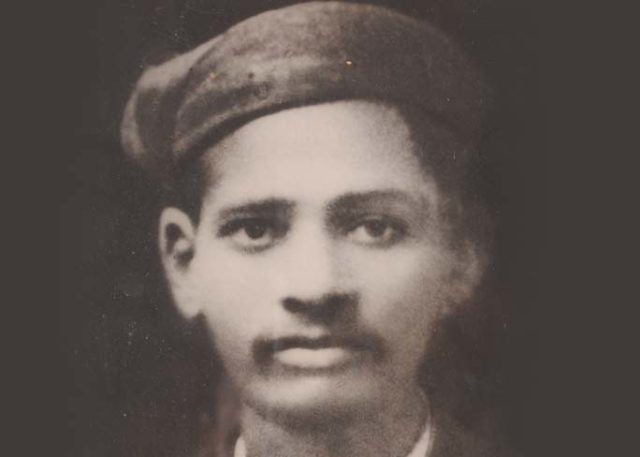
- His wife Jhaverba passed away when he was only 33 years old, but he loved her deeply and so, never remarried.
Education
- In 1897, Vallabhbhai passed his high school at the age of 22 and started preparing for law examination.
- He went to pursue a degree in law and travelled to Middle Temple of England in 1910.
- He completed his law degree in 1913 at the age of 38 from Inns of Court and came back to India to start his law practice in Godhra, Gujarat.

- He finished a 36-month course within just 30 months and topped the final examination despite having no previous college experience.
1917 - 1923
- He became a member of the Gujarat Club where he attended a lecture by Mahatma Gandhi.
- In 1917, Sardar Vallabhbhai was elected as the Secretary of the Gujarat Sabha, the Gujarat wing of the Indian National Congress.
- In September 1917, Patel delivered an encouraging speech in Borsad to motivate Indians to sign Gandhi’s petition demanding Swaraj.
- In 1918, he led a massive "No Tax Campaign" that urged the farmers not to pay taxes after the British insisted on tax after the floods in Kaira, also known as Kheda in Guajarat.
- From 1917 to 1924 Patel served as the first Indian municipal commissioner of Ahmadabad and was its elected municipal president from 1924 to 1928.
- In 1920, he became the president of Gujarat Congress committee and held the post until 1945 taking care of everything happening in that province.
- When Mahatma Gandhi was imprisoned during the Flag Satyagraha in Nagpur in 1923, Patel was asked to lead the against the British law of banning the hoisting of the Indian Flag.
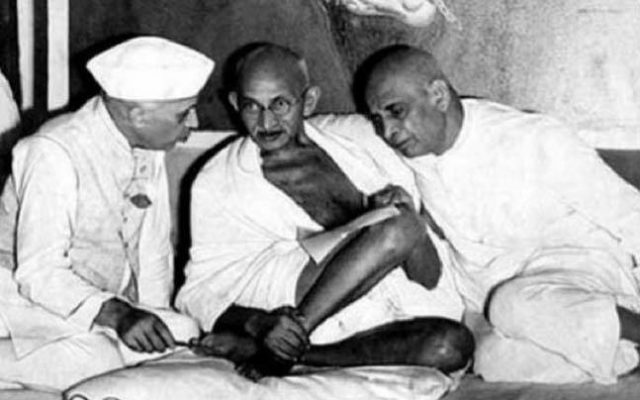
Bardoli sathyagraha and Indian National Congress
- In 1928, Patel successfully led the landowners of Bardoli against the increased taxes.
- In 1930, Sardar Vallabhbhai Patel was among the leaders imprisoned for participating in the famous Salt Satyagraha movement initiated by Mahatma Gandhi.
- In March 1931, Patel was elected as the 49th President of Indian National Congress in its Karachi session.
1941 - 1945
- Along with other Congress leaders, Patel was imprisoned in October 1940, released in August 1941.
- Patel vehemently opposed the proposals of the Cripps' mission in 1942.
- In the 1942 Quit India Movement, Patel arrested again in 1942 and was imprisoned in the Ahmednagar fort till 1945.
- During the Congress elections in 1946, thirteen out of sixteen states chose Sardar Patel as their president.
- Upon Gandhi’s request he gave up his candidacy for the post of the Prime Minister of India.
- Patel represented India on the Partition Council and chose the Indian council of ministers with Nehru.
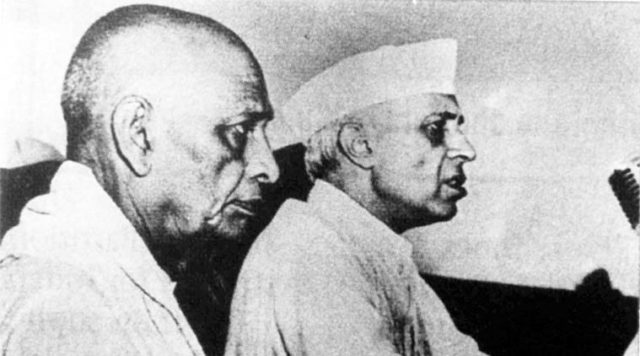
After independence….
- After India achieved independence, Patel became the first Deputy Prime Minister of India for the period of 15 August 1947 – 15 December 1950.
- He also became the first Home Minister for the period of 15 August 1947 – 15 December 1950.
- He acted as Commander-in-chief of the Indian army during the political integration of India and the Indo-Pakistani War of 1947 (15 August 1947 – 15 December 1950).
- Moreover, he also held the position of Minister of Information and Broadcasting (15 August 1947 to 1949).
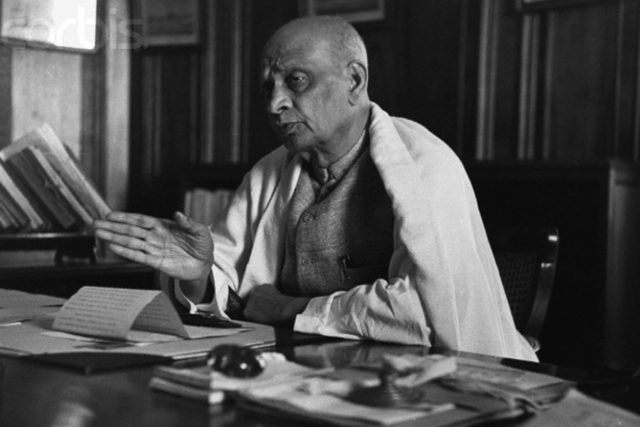
- Patel took the decision to appoint Dr. Bhimrao Ramji Ambedkar as the chairman of the drafting committee and the other leaders for the process of writing the constitution.
- Patel was the chairman of the committees that was responsible for fundamental rights, tribal and excluded areas, minorities and provincial constitutions in the Constituent Assembly.
Integration of princely states
- Patel played a very crucial role in the post-independence India by successfully integrating around 562 princely states under the Indian Dominion. For this he was known as the Iron Man of India.
- He was also instrumental and was the mastermind in engineering the move behind getting the princely states of Kashmir, Junagarh and Hyderabad under the Indian umbrella.

- Operation Polo is the code name of the Hyderabad "police action" in September 1948.
- He worked along with the then secretary of the Ministry of the States V.P. Menon to integrate the Indian Princely states.
- Menon authored a book on the political integration of India, “The Story of the Integration of Indian States” and on the partition of India, “Transfer of Power”.
Restructure
- Patel was the key force in establishing the Indian Administrative Service and the Indian Police Service.
- For this he was known as Father of All India Services as well as ‘Patron Saint’ for Indian civil servants which he described as the country’s "Steel Frame" of the country.
- He took personal interest in initiating a restoration endeavor of the Somnath Temple in Saurashtra, Gujarat in 1948.
Last breath
- After suffering a massive heart attack, on 15 December 1950 at Birla House in Bombay, the great soul left the world.
- His cremation was done in Sonapur in Bombay.
Recognitions
- He was posthumously conferred the Bharat Ratna, India’s highest Civilian honour, in 1991.
- He was awarded honorary doctorates of law by Nagpur University, the University of Allahabad and Banaras Hindu University in November 1948, subsequently receiving honorary doctorates from Osmania University in February 1949 and from Punjab University in March 1949.
- Patel had been featured on the cover page of the January 1947 issue of Time magazine.
- His birthday, October 31, was declared Rastriya Ekta Divas (National Unity Day) in 2014.
Patel and other leaders
- Vithalbhai Patel, the elder brother of Valla Bhai Patel, was a co-founder of the Swaraj Party in 1923 and was the first Indian President of the Central Legislative Assembly in 1925.
- The Governor-General of India, Chakravarti Rajagopalachari, along with Nehru and Patel, formed the “triumvirate” that ruled India from 1948 to 1950.
- Patel was the last man to privately talk with Gandhi, who was assassinated on January 30, 1948.
Monuments
- Sardar Vallabhbhai Patel National Memorial, Ahmedabad
- Sardar Sarovar Dam, Gujarat
- Sardar Vallabhbhai Patel International Airport, Ahmedabad
- Sardar Vallabhbhai Patel Stadium, Ahmedabad
Statue of Unity
- It is the world’s tallest statue with a height of 182 meters (597 ft).
- It is located on a river island named Sadhu Bet facing the Sardar Sarovar Dam on the river Narmada in Gujarat.
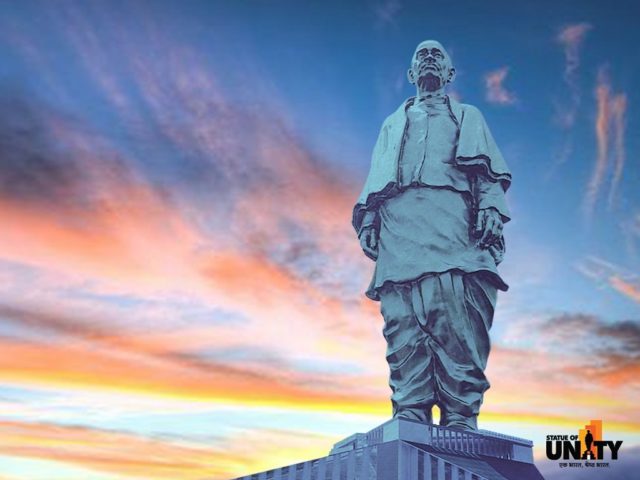
- It was designed by Indian sculptor Ram V. Sutar, and was inaugurated by Indian Prime Minister Narendra Modi on 31 October 2018, the 143rd anniversary of Patel’s birth.
- It rises 54 meters (177 ft) higher than the previous record holder, the Spring Temple Buddha in Henan in China.
- - - - - - - - - -
Leave a Reply
Your Comment is awaiting moderation.


